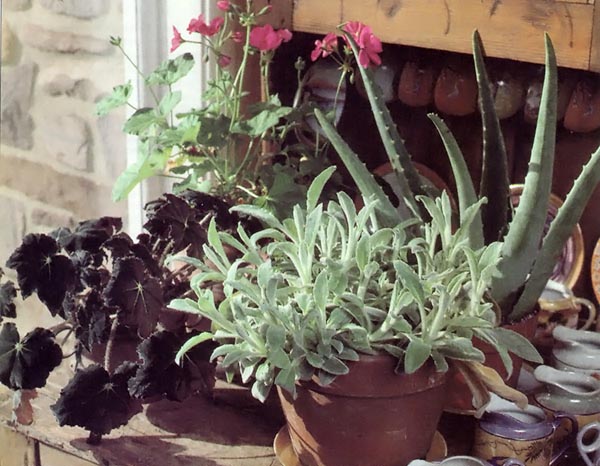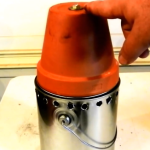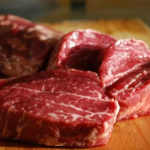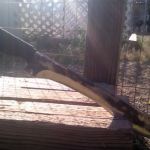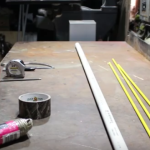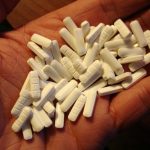Lamb’s Ear is a soft, easy to maintain and grow plant that has strong antibiotic properties. One seedling can turn into a broad, leafy plant that will range in size from 12 to 24 inches. It rests close to the ground and is self-seeding. The leaves are soft, almost felt-like, and they can easily be used for bandages or even as a sanitary napkin or toilet paper as well. Best of all, it can be grown indoors or outside in various climates. All that it requires is about six hours of sunlight per day along with enough water to continually keep the soil moist.
Planting Outside
All the Lamb’s Ear needs is some room to grow and spread, and it can be grown in a garden, outdoor planters or in the ground around the walls of your house. Loosen the soil, and place one seed about an inch or deeper about a foot apart. You can place the seeds closer, but this will create a denser grouping of plants by the time they reach maturity, and you may end up having to transplant some to other areas. They blossom twice a year in normal, outdoor gardening conditions. However, the leaves can be used anytime after the plant has reached maturity. Make sure to trim and prune as necessary.
Planting Inside
All you need are some flower pots or a box with nutrient-rich soil and access to steady sunlight. You can use a grow light as well, and this may speed up the growing process a bit. The easiest way to get started is to take some small plastic containers or paper cups, poke a few small holes in the bottoms of each one, fill with dirt and plant one seed. After a couple of weeks, once the the seeds have germinated, you can transplant them to bigger pots or grow box.
Sunlight and moisture are the key ingredients to promoting the growth of Lamb’s Ear. Consider placing the starter containers in a tray with water that will cover up the bottom portion of each one. This will help to reduce evaporation and prevent the soil from drying too quickly. Quality and nutrient-rich soil will help to provide optimal growing conditions as well.
While the plants do need a steady amount of water to keep the soil moist, it is important that you don’t over-water them as well. There are times when the plant will absorb too much water, causing the leaves to become saturated and develop problems that will affect its quality as well as overall health. You will get a sense of the right balance of water to maintain once you plant and establish the garden for the first time.
The rate of growth will also vary depending on conditions in the garden as well. Once the plants have grown to full-size, the leaves can be removed and used for medicinal or practical purposes as mentioned above. Their super-absorbency as well as medicinal properties make it one of the best natural bandages to have on hand, and you can never have too many. Try it for yourself, and see how effective this robust and easy to grow plant is on protecting wounds and promoting healing.



